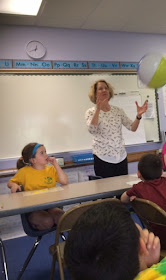Our American flag not only symbolizes the thirteen original colonies and fifty states, it is a symbol of the millions of U. S. war veterans, those living and those who've perished. I salute all men and women in the US Air Force, US Army, US Coast Guard, US Navy and the US Marines, currently serving and those who have served. God bless America.
For many families Memorial Day is the unofficial start of the summer, even though the first day of summer begins June 20, 2016. As we gather together with family and friends for picnics, cookouts and outdoor activities, stop for a moment of silence and remember and observe the true meaning of Memorial Day and the many freedoms and opportunities that we have as American citizens.
Start the summer off right with baseball, apple pie, and books.
After listening to educators and librarians, SCBWI has published and released its first ever Summer Reading List.
The list includes over 1,400 titles from 350 publishers by SCBWI members world wide. The summer reading list is set up into fifteen geographical regions [the same regions as Crystal Kites Award] and organized by genre and the following grade levels:
- Kindergarten - Grade Two
- Third - fifth grade
- Sixth - eight grade
- Ninth - twelfth grade
"The ultimate goal of this program is to give our PAL members more exposure, and to instill the love of books and reading in children, so they become life-long readers."
A PAL publisher is a member of SCBWI who has published a book with a recognized professional publisher. You can find the list here: PAL Publishers.
April Issue.
The plan is to share one list in the summer and one list during the winter.
SCBWI Summer Reading List 2016
Look for recommended titles of books for your state or the region where you reside. Check out other regions and compare the suggested titles listed for your state.
What books will you read this summer?
Help promote the joy of reading as well as the love of writing by authors from around the world.







































